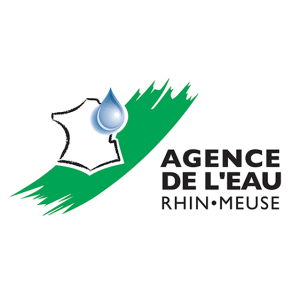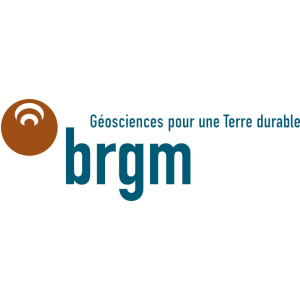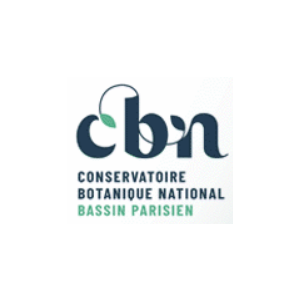
Document généré le 04/12/2025 depuis l'adresse: https://www.documentation.eauetbiodiversite.fr/fr/notice/aspect-hydrologique-du-golfe-du-lion-en-hiver
Titre alternatif
Producteur
Contributeur(s)
ISTPM
Identifiant documentaire
9-3862
Identifiant OAI
oai:archimer.ifremer.fr:3862
Auteur(s):
Tournier, Henri
Mots clés
Date de publication
01/12/1967
Date de création
Date de modification
Date d'acceptation du document
Date de dépôt légal
Langue
fre
Thème
Type de ressource
Source
Revue des Travaux de l'Institut des Pêches Maritimes (0035-2276) (ISTPM), 1967-12 , Vol. 31 , N. 4 , P. 1967
Droits de réutilisation
Ifremer
Région
Département
Commune
Description
This study is a collection of results from the winter observations gathered during fisheries hydrology cruises conducted monthly since1965 in the Gulf of Lion by a team from the Institute of fisheries of Sète on board the "Ichthys". These observations aim to follow the evolution of the broad lines of the thermohalin situation throughout the year in order to set them against biological phenomena and fishing: distribution of pelagic fish schools, eggs and larvae, localization of plankton and laying areas. Due to the use of limited equipment, measurements are not as precise as those of a fundamental hydrology cruise. Each monthly fisheries hydrology mission consists of 26 stations distributed over the Gulf, from the Cape Creux to the Blauquières bank. Presented are the results gathered in February 1966 and March 1965 and 1966. Each station includes observations conducted at standard depths of 0, 5, 25, 50, 75 and 100 m. Temperatures are read with Richter and Wiese or Yoshino thermometers (one per bottle). Salinity measurements for the collected samples are carried out using the Knudsen method. Charts were drawn for each level observed as well as sections going through the Grand Rhône, Beauduc, Espiguette point meridians and from the Aude river mouth towards the south-east. A general section slightly oriented WSW ENE and intersecting with 100 m bottoms gives an overall aspect of the edge of the slope. This last section, repeated regularly and completed by a perspective view of the surface is presented here. These diagrams can be regarded as a precise summary of the situation at the different considered periods.
Accès aux documents
0
Consultations
0
Téléchargements






























